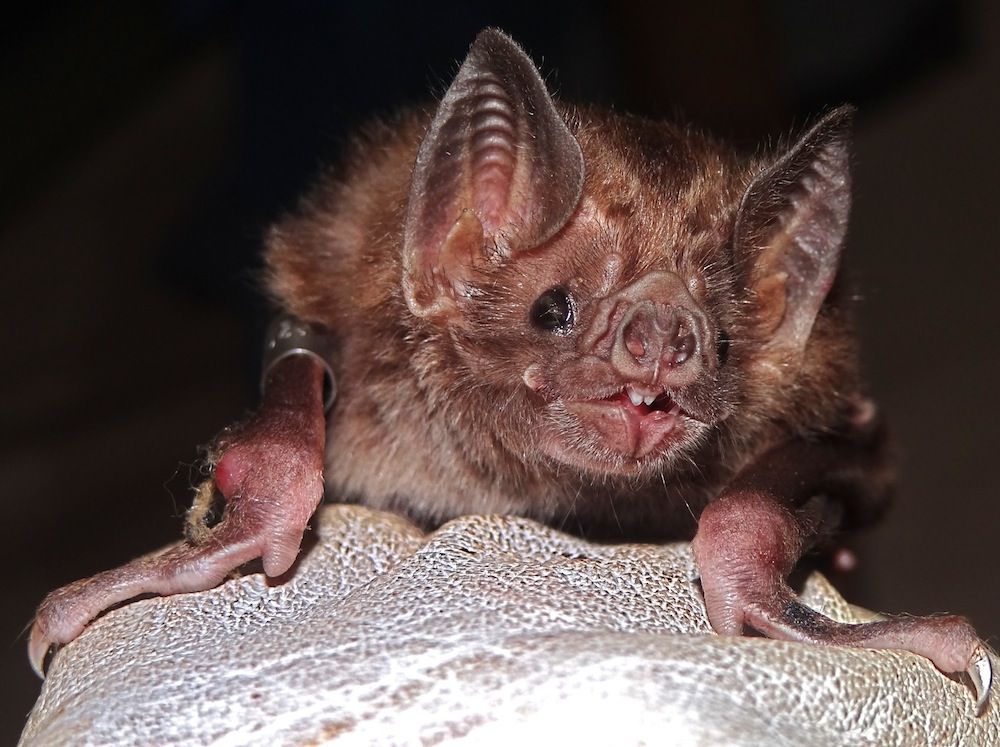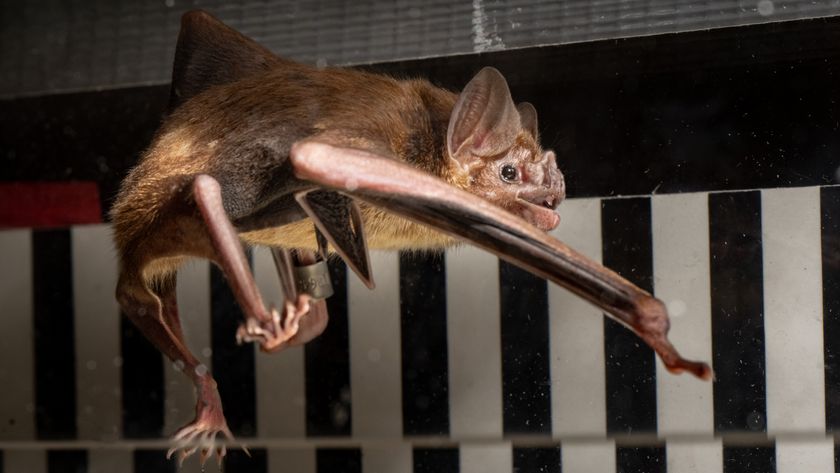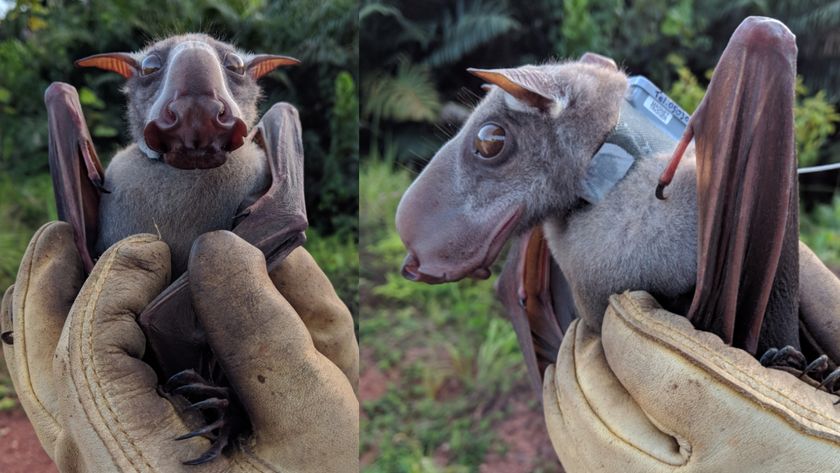Why Killing Vampire Bats Doesn't Stop Rabies

Controlling the population of vampire bats by using poison or even explosives has been a decades-old way of trying to curb the spread of rabies in Latin America, but new research suggests culling these bat colonies does little to stem the deadly virus.
Scientists from the University of Michigan, in Ann Arbor, and the University of Georgia, in Athens, combined results from a long-term vampire bat field study, research on captive vampire bats and computer models of rabies transmission, and found that culling bat populations does not stop the rabies virus. In some cases, the researchers found, controlling bat colonies may actually increase the spread of rabies by provoking infected bats to seek refuge in other, nearby colonies.
Last year, the researchers published findings from their field study that demonstrated the size of bat colonies did not predict the prevalence of rabies, indicating efforts to cull these populations of bats had not reduced transmission of the viral disease. [10 Deadly Diseases That Hopped Across Species]
"In the current paper […] we fit models that encompass alternative assumptions regarding this system, and we identify an important role of movement between colonies," the study's senior author Pejman Rohani, an ecologist and epidemiologist at the University of Michigan, said in a statement.
Vampire bat bites
Vampire bats, which are native to Central and South America, are known to carry the rabies virus. Each year, these bats cause thousands of livestock deaths, and occasionally a few human fatalities. In 2010, for instance, vampire bat bites killed four children in a remote Amazonian region of Peru.
Worldwide, more than 55,000 humans succumb to rabies infections each year, according to the World Health Organization. More than 95 percent of human deaths from rabies occur in Asia and Africa, where dogs are the primary source of the infections.
Sign up for the Live Science daily newsletter now
Get the world’s most fascinating discoveries delivered straight to your inbox.
Since the 1960s, bats have been killed in order to slow the spread of the virus, but these efforts have largely failed, the researchers said.
Interconnected bat colonies
To develop more effective ways of controlling the spread of rabies, Rohani and colleagues created four mathematical models of rabies transmission, each representing a different hypothesis for the biology of the rabies infection in a bat colony.
The models were tested using data from a field study of rabies exposures in wild bats across Peru. The study tracked transmission rates in a common type of vampire bat, Desmodus rotundus, from 17 colonies in four regions of Peru from 2007 to 2010.
After running thousands of computer simulations, the researchers observed that in most cases, it was the frequent movement of infected bats between neighboring colonies — rather than a single, isolated colony of vampire bats harboring the virus — that could account for the level of rabies transmissions seen in the field study.
These results suggest current culling practices, which are largely reactive and nondiscriminatory, likely do little to stop the spread of rabies, the researchers said. Rather, controlling populations of vampire bats and rabies spread in Latin America requires meticulous geographic coordination, particularly because bat colonies that appeared to be isolated turned out to be more interconnected than was previously thought, the researchers said.
"While programs targeting specific colonies may limit local spillover from bats to humans or domestic animals, regional viral persistence will likely remain unaffected due to high connectivity between bat colonies," Rohani said in a statement. "Moreover, if culling increases movement due to freeing up space or disturbance-mediated dispersal, culling could, perversely, have the opposite of the intended effect on rabies transmission."
The detailed findings of the study were published today (Dec. 2) in the journal Proceedings of the National Academy of Sciences.
Follow Denise Chow on Twitter @denisechow. Follow LiveScience @livescience, Facebook & Google+. Original article on LiveScience.

Denise Chow was the assistant managing editor at Live Science before moving to NBC News as a science reporter, where she focuses on general science and climate change. Before joining the Live Science team in 2013, she spent two years as a staff writer for Space.com, writing about rocket launches and covering NASA's final three space shuttle missions. A Canadian transplant, Denise has a bachelor's degree from the University of Toronto, and a master's degree in journalism from New York University.











